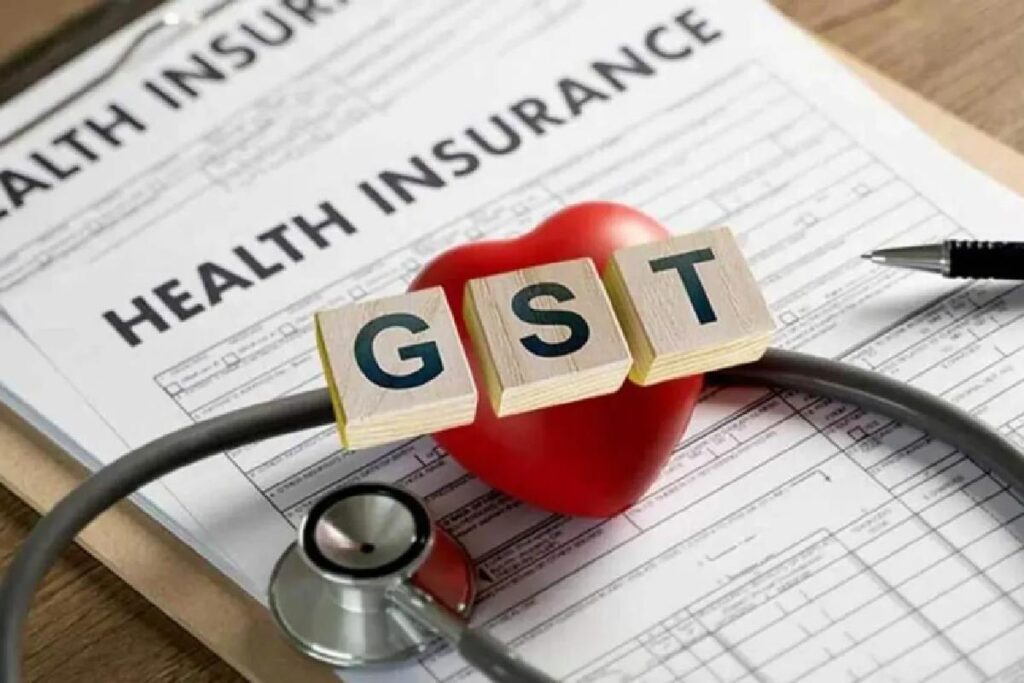The removal of GST from life and health insurance marks a significant shift for households across India. From 22 September 2025, all life insurance plans and health insurance policies will be GST-free, eliminating the earlier 18% tax that increased premium costs. This reform directly lightens the financial load on families and makes essential protection more accessible and affordable.
For years, many individuals avoided purchasing adequate cover because GST pushed premiums beyond comfortable limits. By removing this additional cost, the government has made insurance pricing more transparent, simpler and far more predictable. Although the savings may appear modest initially, they accumulate meaningfully over time, supporting long-term financial planning and enabling families to maintain reliable protection without straining their budgets.
What Led to 0% GST on Life and Health Insurance?
When GST was introduced in 2017, financial services, including insurance, were brought under a uniform indirect tax structure. Life insurance and health insurance premiums were both taxed at 18%, regardless of policy type. As a result, for every ₹10,000 of premium, an additional ₹1,800 in GST had to be paid.
From 22 September 2025, the Government of India reduced GST on all life and health insurance products to 0%. This means premiums now consist solely of the base premium, enhancing affordability and simplifying overall pricing.
How Does the Change Make a Difference?
To understand the impact, consider the following example:
- Previously, a term plan with a base premium of ₹20,000 cost ₹23,600 after GST.
- From 22 September 2025, the same plan costs ₹20,000 flat.
This creates an annual saving of ₹3,600, which can be redirected towards upgrading coverage, adding riders or investing elsewhere. The benefit applies across all individual life and health insurance categories, including term plans, ULIPs, endowment policies, money-back plans, riders and retail health insurance.
Why the GST Removal Matters?
Insurance has always been essential, yet affordability often prevents individuals and families from securing sufficient protection. Eliminating GST addresses this barrier directly.
This reform:
- Encourages households to opt for adequate coverage
- Supports higher insurance adoption across the country
- Aligns with the national vision of Insurance for All by 2047
- Makes protection more financially achievable for young earners, families and senior citizens
As affordability improves, the choice of insurer becomes even more important. Providers such as Aviva India support households by offering suitability-led protection plans, transparent communication and simple digital journeys that help individuals understand their coverage clearly. Products such as the Aviva Signature 3D Term Plan – Platinum and the Aviva i-Life Total Protect Assure Plan reflect this approach by combining straightforward features with protection-focused benefits. With GST removed, these customer-centred offerings make it easier for families to select the right level of cover without confusion.
A Real-Life Example: How Savings Add Up
Consider Meera, a 32-year-old working professional. She pays ₹25,000 annually for life insurance and ₹18,000 for health insurance. Previously, both premiums were subject to GST of ₹7,740.
From 22 September 2025 onward, she pays a total of ₹43,000, saving ₹7,740 each year. Over a decade, this amounts to ₹77,400, excluding any potential returns if this saved amount is invested in a SIP or recurring deposit.
These savings could also be used to enhance coverage, such as adding a critical illness rider without increasing her overall spending.
The Tax Perspective: How It Improves Financial Planning
Earlier, premiums were eligible for deductions under Sections 80C and 80D, but the GST component was not.
With GST reduced to 0%:
- The full premium amount now qualifies for deduction
- Tax-saving investments become more efficient.
- Long-term policies are easier to maintain
However, deductions continue to be governed by the existing statutory limits under the Income Tax Act.
For example, Rajesh previously paid ₹59,000 (including GST) for a ₹50,000 endowment plan. Only ₹50,000 was eligible for deduction. Now, he pays exactly ₹50,000, all of which qualifies for tax benefits, further reducing his taxable income.
Impact Across Different Policy Types
| Policy Type | GST Before | GST Now | Benefit |
| Term Insurance | 18% | 0% | Immediate premium reduction |
| ULIPs | 18% on charges | 0% | Higher returns |
| Endowment Plans | 18% (with abatements) | 0% | Lower premiums |
| Riders | 18% | 0% | More affordable add-ons |
| Health Insurance | 18% | 0% | Reduced cost and broader coverage |
The 0% GST rate applies to eligible individual life and health insurance policies, not to group insurance or employer-provided covers.
NRI Advantage
NRIs purchasing individual life or health insurance policies in India also benefit from the GST reduction. Earlier, premiums were subject to GST regardless of payment method. With GST at 0%, NRIs enjoy full exemption on eligible individual policies, making Indian insurance products more accessible and globally competitive.
Practical Steps to Consider
- Review renewal dates: If renewals fall close to September 2025, paying after the 22nd ensures the benefit of the GST-free rate.
- Avoid lapses: Continuous coverage ensures uninterrupted protection.
- Enhance coverage: Savings from GST removal can be used to increase the sum assured or add riders.
- Plan long-term: Lower premiums make it easier to maintain policies for several years.
Looking Ahead: The Bigger Picture
India’s insurance penetration remains below global levels. The removal of GST is not just a pricing reform, it is a meaningful step towards broader financial inclusion. More affordable insurance enables families to stay protected, reduces vulnerability during medical emergencies and strengthens overall financial resilience.

